"Ultra Processed Food" - a confusing category?
It suits Big Food companies and those they influence to perpetuate this falsehood
This morning I opened a new article from the BBC about ultra processed food to read it with interest.
The headline asked a question that I would consider to be a ‘no-brainer’.
Erm, yes.
The whole problem with ultra processed food (UPF), is that many UPF products are a million miles away from the original, natural, whole foods they often claim to be the lynchpin of their ingredients. And that instead, they contain a mind-boggling number of ingredients that are not technically ‘food’ at all.
Take this Go Ahead Fruit and Oat Bake, for instance. I’d been bunging these in the rucksack for days out with the kids for years, thinking they were vaguely healthy, what with them containing apple and oats. Plus, they are dairy free, so perfect for my smallest child, who has allergies. Go ahead!
The packaging tells me that they are ‘Golden Baked Oaty Bars with an Apple Flavoured Filling’. Glance at the back of the pack and it says the ‘apple filling’ is 43 per cent of the ingredients. But dig a bit deeper and you’ll find that this most certainly doesn’t mean that the bars are 43 per cent apple.
In fact, that ‘filling’ is mainly made with a rogues’ gallery of UPF ingredients: glucose syrup, glycerine, wheat dextrin, three different ‘acidity regulators’, two different ‘gelling agents’, vegetable fibre, thickener, apple flavouring and, oh, 1.8% of it is ‘apple juice concentrate’. And that’s just the filling.
The rest of the bar, the ‘oaty’ bit, is only 11% oatmeal – and bear in mind that ‘oatmeal’ is what you get when you process oats into a sort of flour. And then the UPF ingredients just keep stacking up: sugar, maltodextrin, partially inverted sugar syrup, polydextrose, starch, invert sugar syrup, wheat gluten, salt, two different raising agents, and two emulsifiers.
The bars contain over 30 different ingredients – most of them a million miles away from the ‘fruit and oat’ they are named after – that give them an extra-long shelf-life and a good profit margin. In spite of the label, you are not really eating much ‘fruit’ or ‘oats’ at all, and any apple you are eating is highly processed, which means it is not having the same effect on your body as, say, a slice of real apple, because its molecular structure is completely different. (More about this in the book.)
Why does this matter?
Well firstly, humans have been on the planet for an incredibly long time but only in the last few decades have we started to eat stuff like this. We don’t really fully know the impact of ingesting all of these different ingredients, that are not actually food as humans have always understood it. But we do know that in the past few decades, obesity rates have sky-rocketed, as have rates of non-communicable diseases. Perhaps our bodies are responding to these strange chemical formulations as if they are foreign bodies, and mounting an immune response to them, leading to inflammation. Perhaps some of the ingredients they contain are interacting with our gut microbiomes with negative effect. Perhaps it’s because the ultra processing is stripping food of its natural fibres, making them much easier to eat, swallow, and even digest quickly. They are definitely very tasty and moreish - scientists call this ‘hyperpalatable’ - explaining why my kids, and perhaps you too, can gleefully eat two or three of them, with an enthusiasm you would probably not muster if I offered you a bowl of oats and chopped apple.
So I kind of expected the BBC article to cover some of this, and come to the conclusion that yes, eating an actual apple is probably a better idea that eating a 30 ingredient concoction in a plastic wrap.
Instead, the article name-checked three different UPF brands, and focused on ‘consumer confusion’.
And perpetuated that confusion.
Dr Jibin He, one of the experts cited, is a food scientist at Teeside Uni. In the piece, he states that, ‘UPF as a term is not a helpful indicator of whether something is healthy or unhealthy, as the concept, and how it is explained to the public, is flawed.’
This is an argument I have heard very often whilst researching and writing Ultra Processed Women. “It’s too confusing”. “People won’t be able to understand it”.
Very often though, when you trace back from the messenger, you find the influence of Big Food companies lurking in the background.
In the case of Dr He, he openly states in his bio: “I have always collaborated with food industries from the beginning of my academic career”, and a glance through his research shows collaborations with food development companies for example the manufacturers of industrial cooking oil, and Sainsbury’s.
Dr He also sat on the roundtable convened by the British Nutrition Foundation in 2022 to discuss the use of the term ‘ultra processed food’ in health messaging.
They concluded that there were ‘challenges for consumer communication’ about UPF.
And that, “the use of the concept of UPF in UK policy (e.g. dietary guidelines) would be unhelpful at present.”
Concern was also expressed about ‘potential unintended consequences’ of advising people to avoid UPF.
The British Nutrition Foundation’s annual report for 2024 states that they received £712,993 that year from corporate members, and also generated £650,832 from consultancy projects from several corporate members, non-member commercial food organisations and Trusts and Foundations.
These corporate members include Nestle, General Mills, Greggs, McDonalds, Subway Coca Cola, Pepsi, Tate and Lyle and Mondelez.
The BNF are careful to state that the source of their funding does not influence their findings.
In the BBC article, Dr He confuses the concept of ‘processed food’ (humans have been processing food for milennia; canning it, smoking it, pickling it, baking it and so on), and ultra processed food - made by very modern processes in factories and far removed from our human understanding of food. From the article:
Processed food, Dr He notes, will remain an essential part of feeding a large and growing human population, as processing ensures food safety, extends shelf life, and reduces waste.
"Take tofu as an example. It is a great source of protein, low in fat and considered as a healthy alternative to meats, particularly red meat. It is also more environmentally friendly.
However, tofu would be considered as a UPF whereas red meat would be an unprocessed food"
This is absolute nonsense.
Processed food and UPF are two very different things.
And tofu, made from soy beans and water, is NOT a UPF.
Why would an academic and food expert mislead the public in this way?
Why would they perpetuate the very same confusion they claim, and the British Nutrition Foundation claim, is a barrier to clear health messaging?
I have emailed Dr He to ask and will update this article if he responds. EDIT: his response is below.
In the meantime, please join me at 6.30pm this evening to talk about this and to explain, clearly and easily, what UPF is.
It’s not processed food.
It’s not apples, or oats.
And it’s not bloody Tofu either!
See you there!
EDIT: 7/6/25
I had an email back from Dr He, who said (to summarise), that under Monteiro’s Nova scale, some Tofu could be considered a UPF because it contains a firming agent, for example magnesium chloride. This technicality, in his view, means that the Nova scale is not robust enough to be workable. However, he also asked for the article to be amended to say that Tofu ‘could’ be considered a UPF.
The journalist, who I contacted on twitter, also told me they had amended the title of the piece to reflect that the article was ‘business focused’ not ‘consumer health focused’.
An interesting turnaround!
A note: As the countdown begins to publication of my new book, Ultra Processed Women, there’s going to be a ‘topic takeover’ here on WHAT ABOUT WOMEN, between now and publication date on 3rd July. I’ll be sharing posts like this one that hopefully get you thinking about different areas where our current UPF diet is having an impact, along with news of the book, publicity, launch, reviews and more.
I’m glad to have you here, and look forward to any questions and thoughts you may have in the comments. For those of you who look forward to The Word is Woman on Fridays, I’ve lifted the paywall on all 70 of the posts in there, so hopefully you can keep yourself happy looking through the archives until it returns later this summer.
Milli x




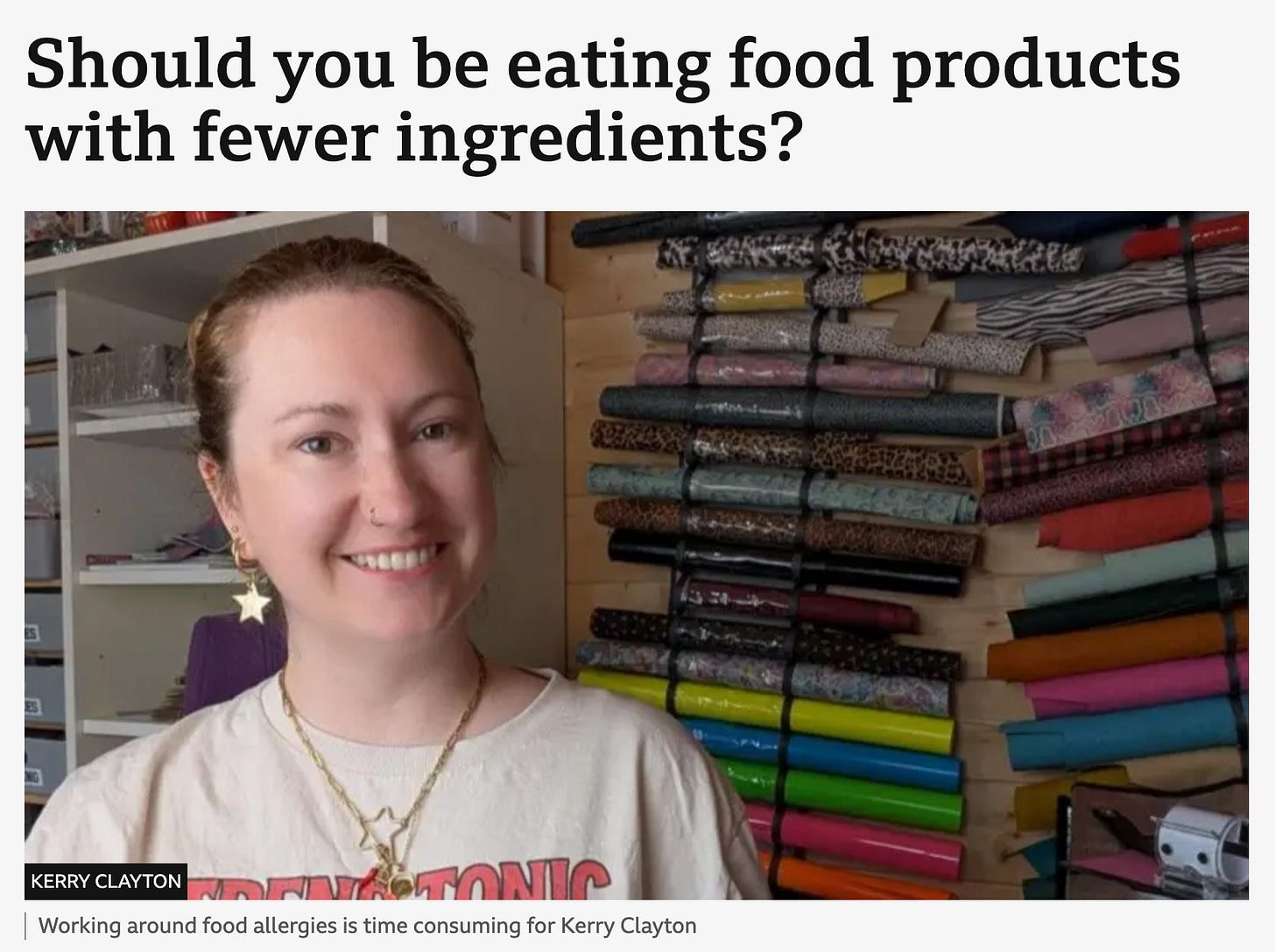
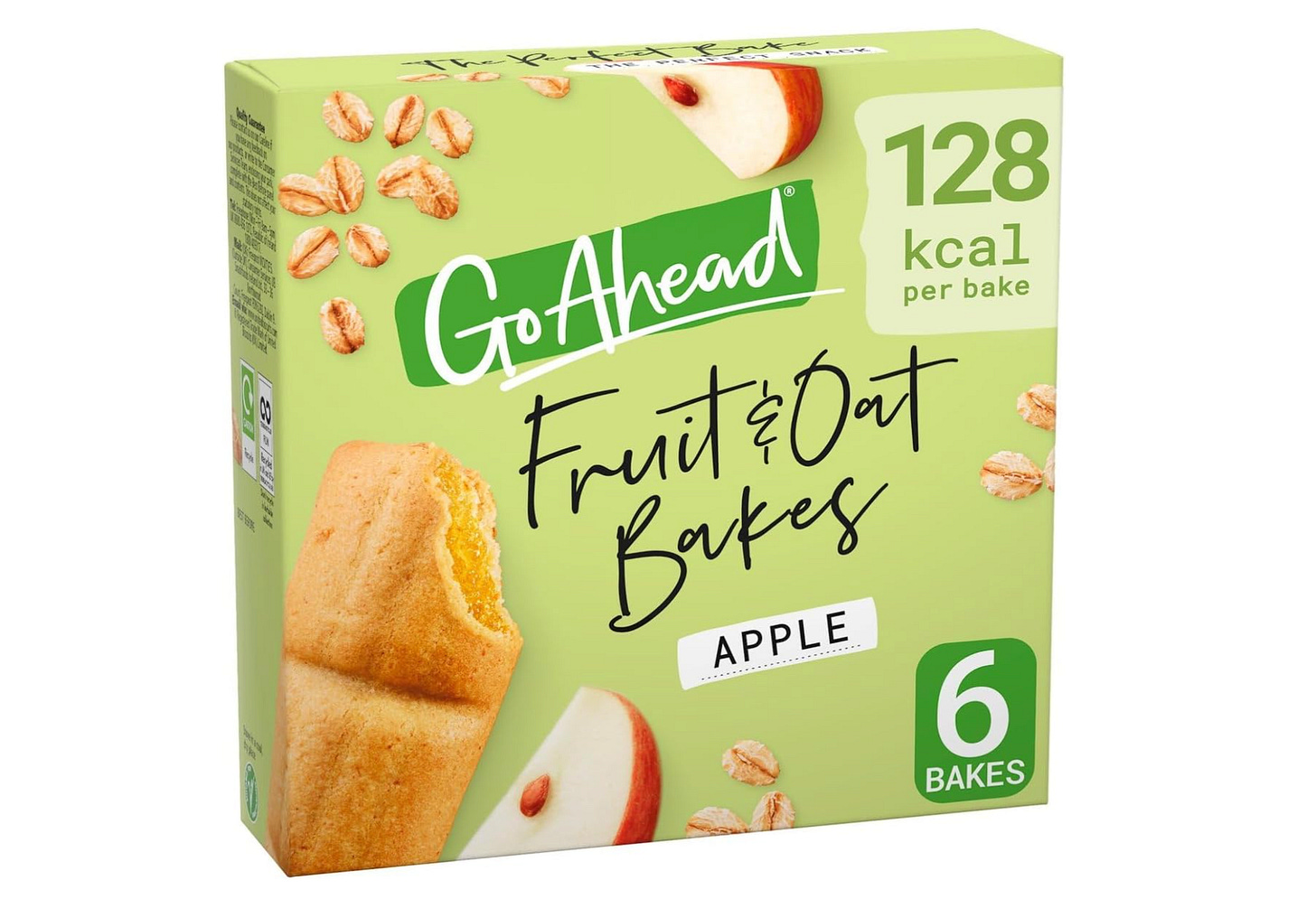
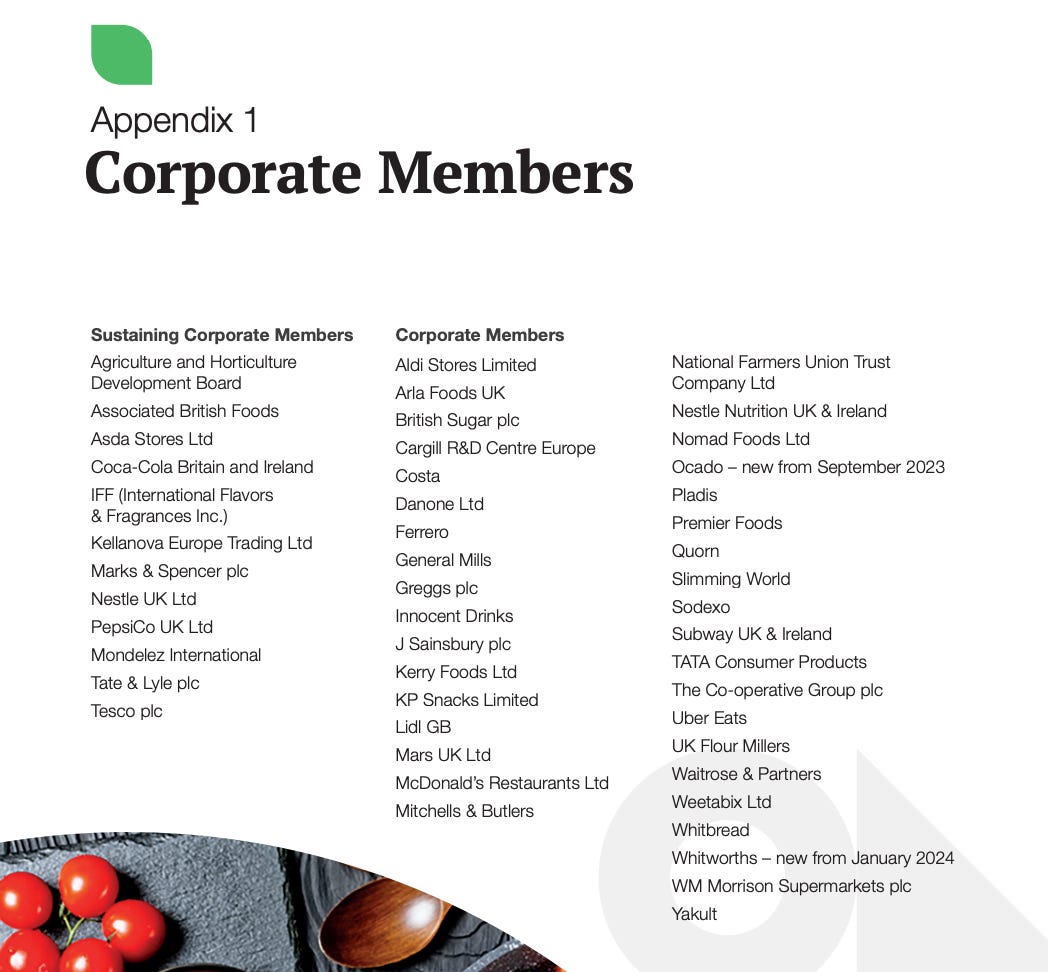

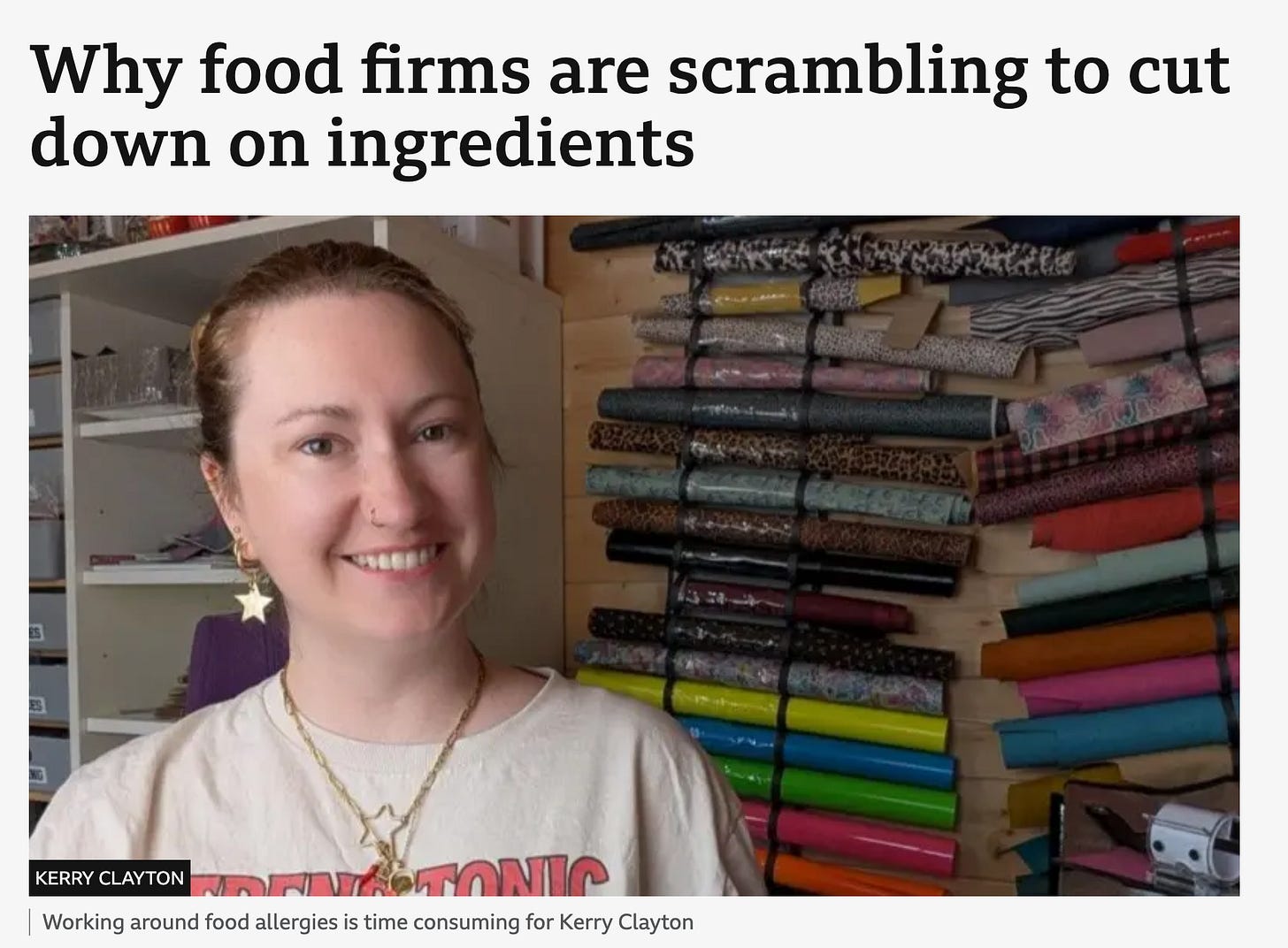
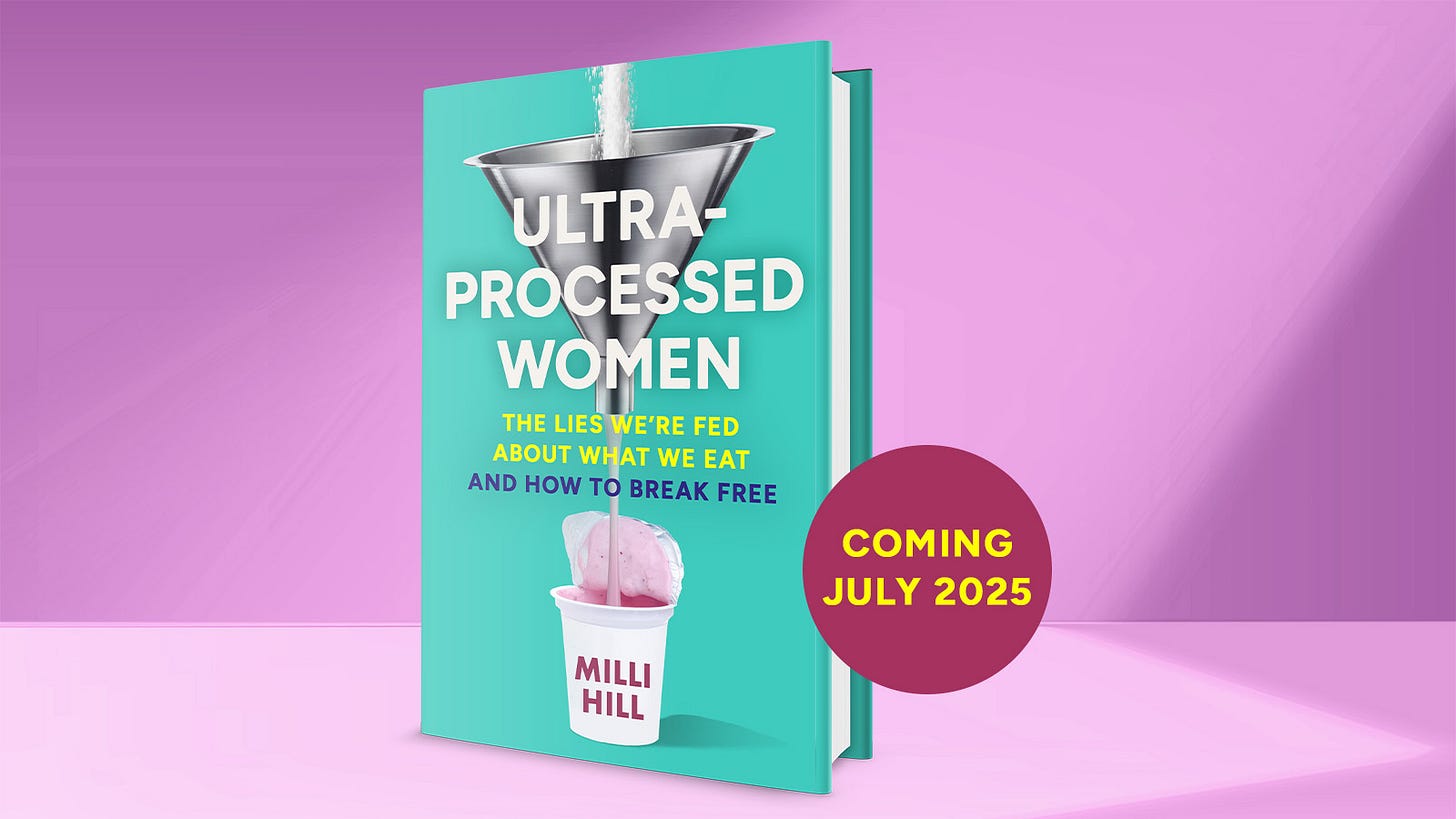

I'm so disappointed in the BBC (yet again) for providing a platform for people to peddle lies and misinformation. It's the definition of poor journalism.
Personally I don't find the concept of UPF confusing, but it is very hard to know what is and isn't from the labels/packaging. I've used an app called Open Food for a few years which is really helpful. You scan the bar code and it gives you a rating based on the NOVA score
It's all very sinister isn't it...so clearly deliberately misleading. Anyone who is denying the obvious reality they these pretend food-loke substances are ok, clearly have ulterior motives.